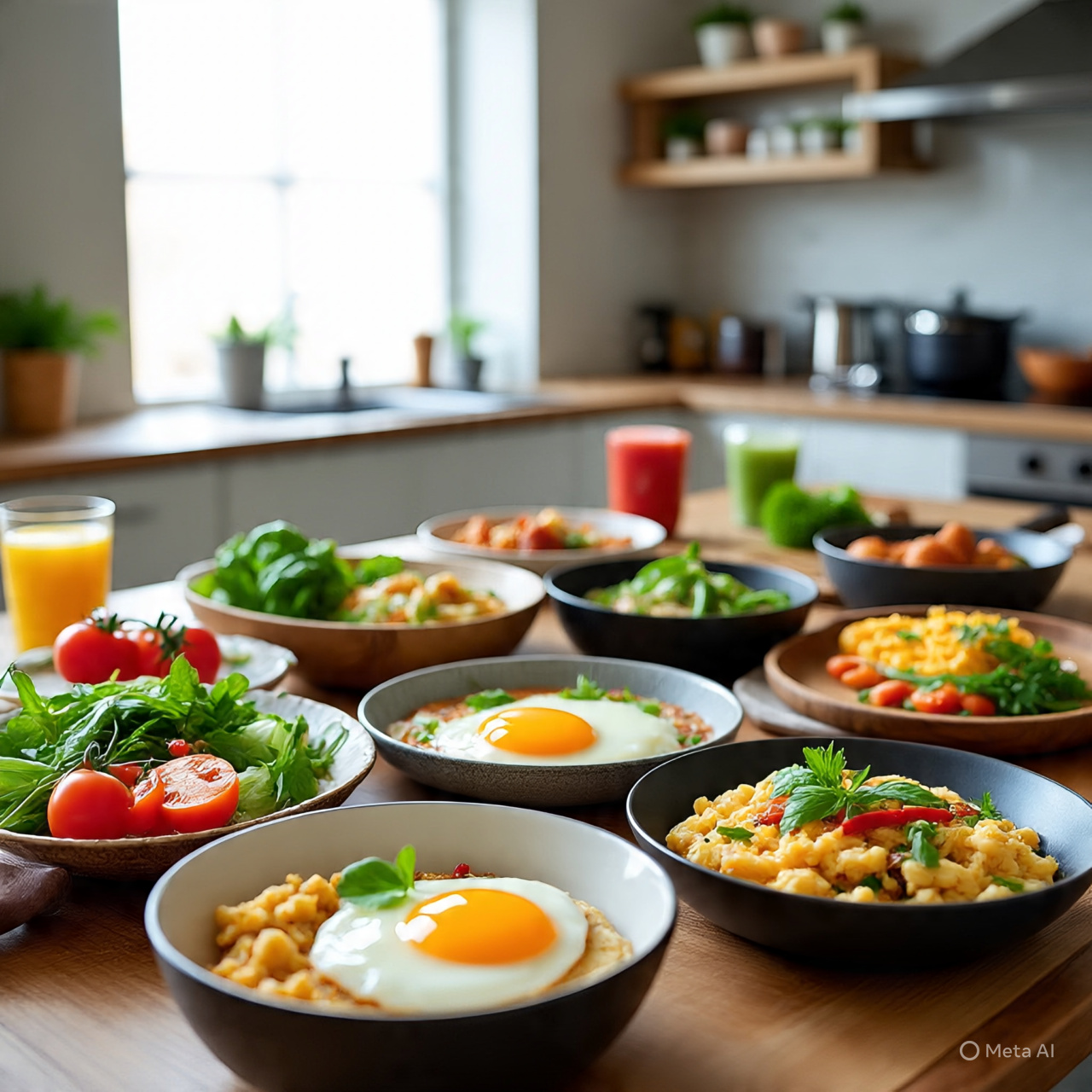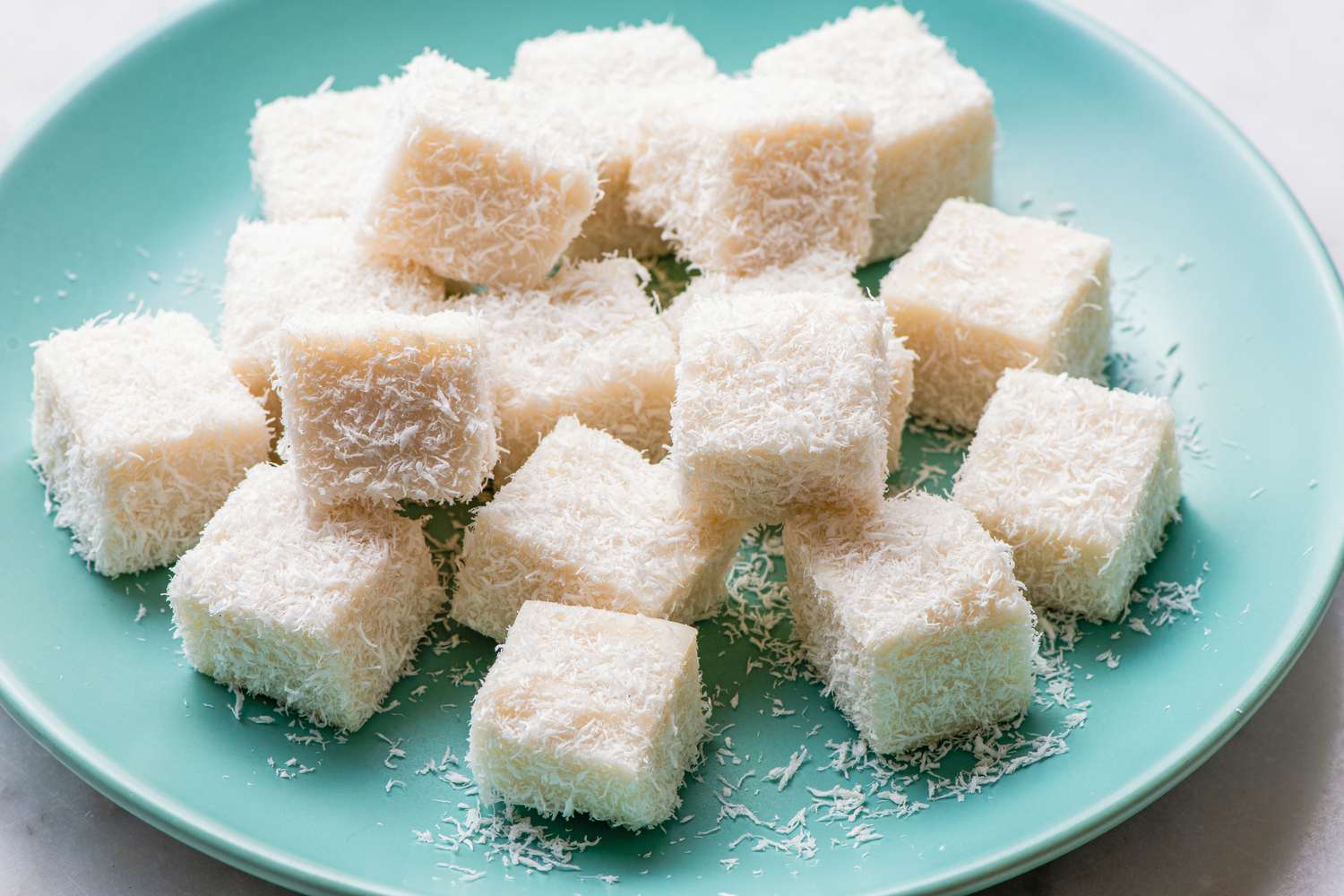Cinnamon isn’t just a baking spice. Beyond dessert, cinnamon anchors savory dishes around the world, deepening stews, sauces, and rice dishes. Here’s how to bring it into your own everyday cooking.
In the US, cinnamon is often synonymous with Thanksgiving pies, apple crisps after a day at the orchard, and the much-awaited pumpkin spice latte. It’s cable-knit sweaters, wool beanies, and plaid blankets—a shorthand for fall.
But in the Middle East, where I grew up, cinnamon isn’t reserved for seasonal baked goods. It’s the backbone of savory cooking: It provides warmth and depth when stirred into lamb stews, simmered into tomato sauces, and folded into rice. It’s a nonnegotiable part of bharat, the region’s all-purpose spice blend used to season dishes such as macarona bil laban.
:max_bytes(150000):strip_icc()/20250626-SEA-MacaronabilLaban-AmandaSuarez-hero-2d3f6706cfb24550bd1edd0888cc0d8e.jpg)
Macarona bil laban
That’s not to say cinnamon doesn’t play an important role in sweets across the Levant—it tops rice pudding; seasons the walnut filling for atayef, the syrup-soaked stuffed pancakes traditionally served during Ramadan; and flavors carawaya, a boldly spiced winter pudding made with flour and ground caraway seeds, topped with nuts, shredded coconut, and raisins. Taken together, these dishes show that cinnamon isn’t confined to one role—it moves fluidly between savory and sweet, in both everyday meals and celebratory ones.
Types of Cinnamon
If you’re going to cook with cinnamon, it helps to know which kind you’re working with because not all cinnamon tastes the same.
As our guide to cinnamon explains, in the US, most cinnamon sold is cassia (Cinnamomum aromaticum or C. loureiroi), the bold, spicy-sweet variety that shows up in cinnamon rolls and gingerbread. True cinnamon, or Ceylon (C. verum), is far more subtle, leaning floral and vanilla-like with a honeyed, citrusy edge. Both types can be used in savory dishes, but in the Middle East, cassia is more common and features in both desserts and savory preparations.
How the World Cooks With Cinnamon
Cinnamon’s savory side stretches far beyond the Middle East. In Mexico, it deepens the complexity of mole negro, where its earthy sweetness tames the heat of chiles and rounds out the bitterness of chocolate. It does the same thing in Guatemalan pepián, a thick, rich, and complex meat stew made from roasted ingredients such as tomatillos, smoky chiles, and toasted pumpkin and sesame seeds.
Serious Eats / Qi Ai
In North Africa, it’s added to tajines, where the warmth of the spice combines with rich, slow-braised lamb, and complements the tart pop of dried apricots or prunes. In India, cinnamon is a cornerstone of various curries and biryanis: Its resinous edge weaves through cumin, cardamom, and cloves, seasoning rice and meat with a layered, almost floral depth. And in Greek cooking, cinnamon slips into tomato sauces for pastitsio and moussaka, where a small amount adds a subtle warmth that offsets the creaminess of béchamel and the savoriness of ground meat.
Across these cultures, cinnamon isn’t an accent. It’s an anchor, pulling other flavors into balance. When you use cinnamon this way, you won’t register an “apple pie” flavor profile many people often associate with the spice; instead, it seamlessly melds into dishes as a subtle but essential base note.
How to Use Cinnamon Beyond Dessert
While cinnamon will always belong in pies, crisps, and puddings, it shines in savory cooking just as well in ways you might not expect. Here are some ways I recommend using cinnamon in your everyday cooking:
- Stir a stick of cinnamon into a pot of braised short ribs or beef stew. Cinnamon’s warmth deepens the richness of the meat and complements the fruity notes of red wine-based sauces.
- Add a stick to chili or tomato sauce as it simmers. It softens acidity, adds subtle sweetness, and gives the sauce a rounder, more layered flavor.
- Season rice while it cooks. A stick of cinnamon tossed into the pot seasons the grains with a delicate aroma. Alternatively, you can bloom a pinch or two of ground cinnamon in oil before adding the rice and water (or broth) for a deeper, more infused flavor.
- Add cinnamon to spice rubs for chicken, lamb, or pork. Cinnamon’s woodsy quality plays exceptionally well with earthy and citrusy spices like cumin, coriander, and cardamom.
- Give roasted vegetables an edge. Toss carrots, squash, or sweet potatoes with olive oil or butter, salt, and a little cinnamon before roasting—the natural sweetness of the vegetables echoes the spice beautifully. For a sheet pan’s worth of vegetables, start with about ½ teaspoon of ground cinnamon, adding more to taste.
Once you start using cinnamon in savory ways, it becomes less a “holiday spice” and more an everyday dinner essential that lends warmth and depth to a pot of soup, a pan of beans, or a tray of roasted vegetables.


